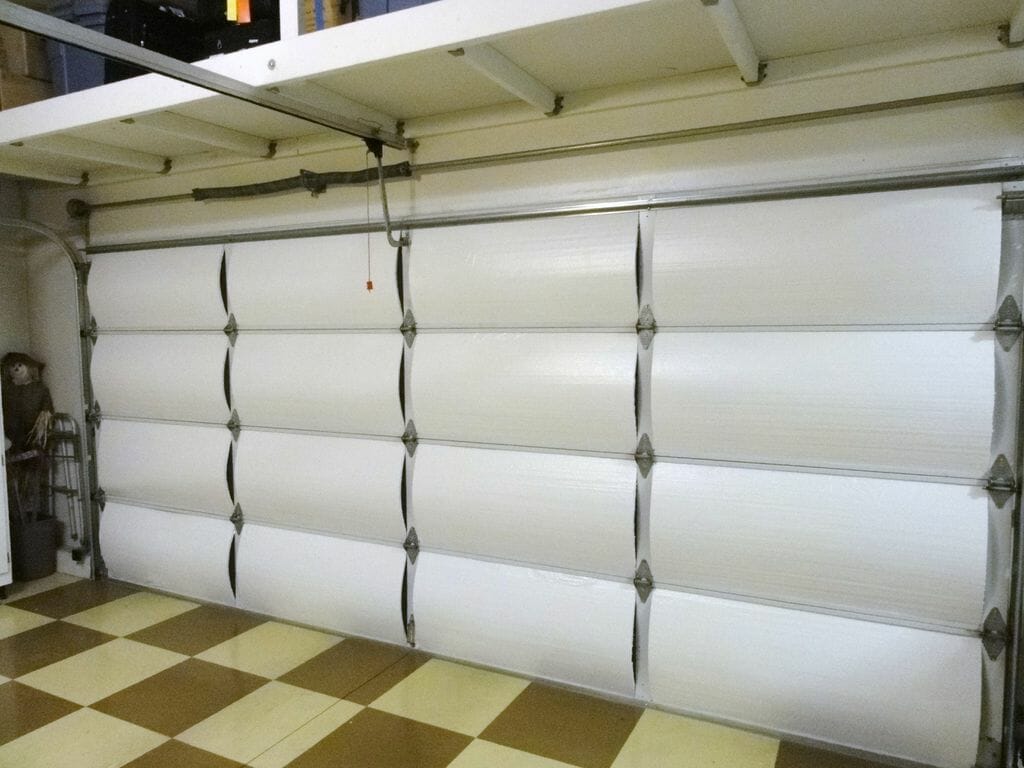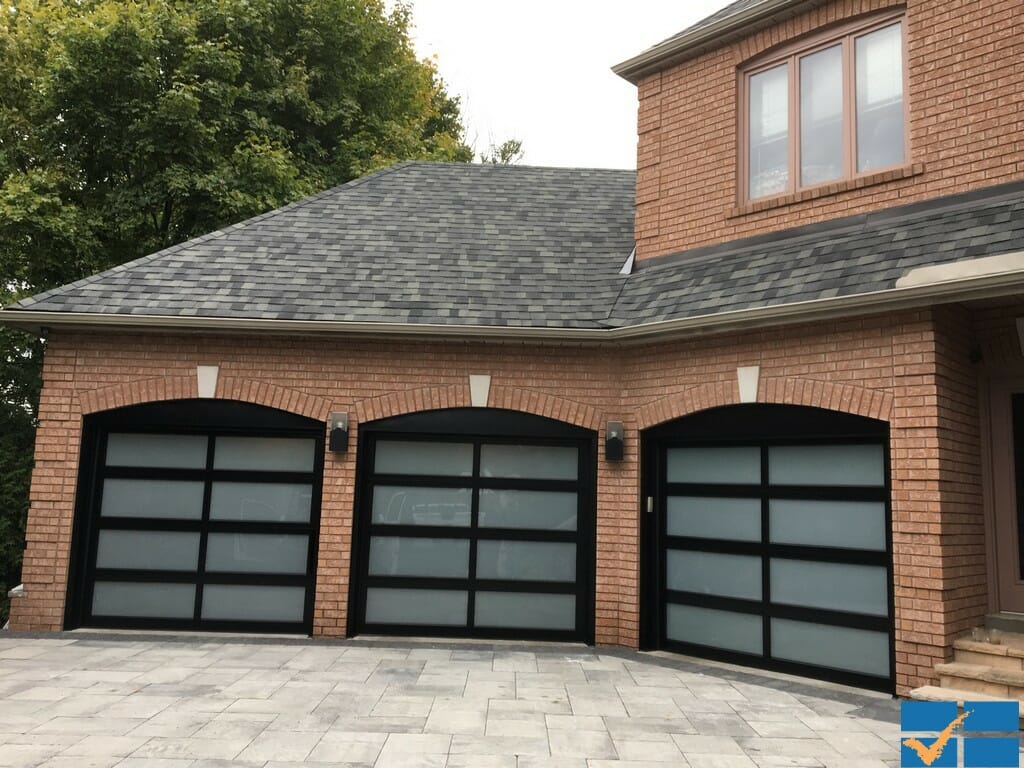Garage Door Replacement, Repair & Installation Company in Toronto
Garage Door Replacement, Repair & Installation Company in Toronto
With rising costs of living, the Toronto homeowner needs every dollar he can get. Reducing your utility bill is one of the easiest ways for you to save a bit of money every month. However, one of the places in the home you may be neglecting when reducing your energy consumption is your garage. This is a pretty big oversight, as your garage can be a big energy hog for several reasons. In this article, we’ll explain how your garage can rack up your utilities, as well as some tips that can help you make your garage more energy efficient.
The biggest factor for a garage’s energy consumption is how weatherproof it is. How efficient is it at keeping outdoor conditions from seeping into your home? When you’re inside the garage on a cold day, do you feel drafts coming in from every which way? Does your garage get too hot during the summer? If your answer to either of these questions is yes, that means your garage isn’t properly weatherproofed.
An improperly weatherproofed garage can cause your utility bill to be more expensive than it should be. That’s because your air conditioner or heater needs to do extra work to keep your home at an even temperature. The heat or cold can seep into your home through your garage door if it’s not weatherproofed, and it can be even worse for your bill if your garage is part of the centralized heating/air conditioning system of your home.
Besides the obvious savings on your utility bill, here are the biggest reasons why:
1) A lot of your time is spent in the garage. You spend some time in the morning and sometimes at night in your garage just as part of your daily routine. You also spend time there when you’re planning to do yard work. If you’re a DIY type of homeowner, you’ll be spending even more time there.
2) Your car is temperature sensitive. In the winter, you’ll want your car to be as warm as possible so that it can properly start. Cold weather can also cause damage to your car in the long run. The same thing applies to hot weather in your car as well.
3) Your other equipment is also important. Besides your car; your mower, weed whacker, power tools, and other equipment you store in the garage are also susceptible to the cold and heat. These need to be properly kept as well to keep them from breaking down.

The main way you can make your garage weatherproof is by insulating it properly. This means installing insulation on your current garage door.
If you’re planning on doing the insulation yourself, there are several home installation kits in the market that you can purchase yourself. Alternatively, you can ask your garage door installation company to assist you instead.
Insulation comes in different material types: foam insulation both sprayed and in sheets, fiberglass, and cellulose to name a few. One of the ways you can check how well the insulating ability of your material is to check its R-value. The higher the R-value, the better it is as an insulator.
Of course, higher R-value insulation is more expensive but it’s important to find the best value for your budget when purchasing a garage door insulation kit. Aside from this, there’s also the matter of finding the proper dimensions for your insulation. Some kits allow you to resize insulation pieces, while others are more difficult to customize.
Alternatively, you can invest in a new garage door instead. Most garage doors on offer in the market these days already come in with insulation pre-installed, saving you the hassle of buying a kit and installing one yourself. This is the perfect choice especially if your garage door is getting on in years and you’re planning to have it replaced anyway. Make sure you call your professional garage door service company to perform your installation safely.

If you’re planning on replacing your garage door instead, the type of material you use will determine how much insulation you may need. Different materials will have different natural insulation abilities. A few common materials used for garage doors are:
For steel garage doors, it’s important to remember that the higher the gauge, the thinner the steel. The thinner your material, the lighter it is. But that also means that it’s a less effective insulator (and still isn’t a particularly good insulator in the first place). Weight is also a factor to consider with steel garage doors. Heavy doors will require more power to lift and will cost you more in energy costs.
Aluminum is a lightweight option that gives a nice sleek modern look. However, it’s a bad insulator so you may need to provide that yourself as well. Wood is a high-end choice that provides a very nice aesthetic to your garage door. However, just like aluminum, it’s also a poor insulator. These two choices prioritize looks for less energy-efficient garage doors.
There are weatherproof choices for these materials, however. Multi-layer steel garage doors have sheets of high gauge steel between layers of insulation to provide better protection from outside temperatures but the weight problem remains.
Maybe the most energy-efficient material for your garage door however is fiberglass. There are a lot of advantages to choosing fiberglass. It provides excellent insulation and is lightweight. Its general low maintenance needs also make it a better choice than most. Depending on the supplier, the prices can be competitive with other materials to just slightly higher. So if you can afford the extra cash, it’s a good choice.

Maintaining energy energy-efficient garage door you already have is just as important as investing in your new one. Make sure you periodically check your garage door for leaks and broken insulation. Replace these as soon as possible.
Weather-stripping should be inspected yearly for damage and deterioration. These are cheap to replace and can be a quick fix that will keep your garage protected from the elements as well. Also important is that you keep the moving parts of your garage door well-lubricated, especially in the winter months. Misaligned or rusty rollers or tracks can affect the smoothness of your garage door opener’s operation and make it use more energy to pull your garage door up.
Your garage door occupies just one side of your garage. Cold air can also seep through your walls as well. So it’s a good idea to make sure that these are properly insulated as well. You can use the same type of insulation as you would in your garage door or your home. Make sure you check your roof as well. Insulating your garage roof is an especially good idea if you have a room above your garage. Cold air might seep through your upstairs floor if you don’t.
If your garage has any windows, make sure you check them for drafts as well. Make sure you repair these air leaks so your work on the rest of the garage isn’t wasted. You can also choose to weather-strip the edges of your windows and doors to provide extra insulation as well.
Lastly, your concrete floor shouldn’t have any cracks. Cracks can allow cold air from the ground to seep up into your garage as well. Take the time before winter comes to repave your garage floor if you need to, or look for weatherproof garage flooring options.
If you’re looking for a new choice for your energy-efficient garage door, call the team of Smart Doors at 905-532-9770 for advice and a free estimate on your next garage door replacement. We offer a comprehensive range of modern garage doors, including popular options like glass garage doors, Flush black garage doors, fiberglass garage doors, aluminum garage doors, wooden doors, and wood accent garage doors. Additionally, we provide traditional carriage-style garage doors and a variety of timeless designs featuring stamped, raised, or recessed panels.